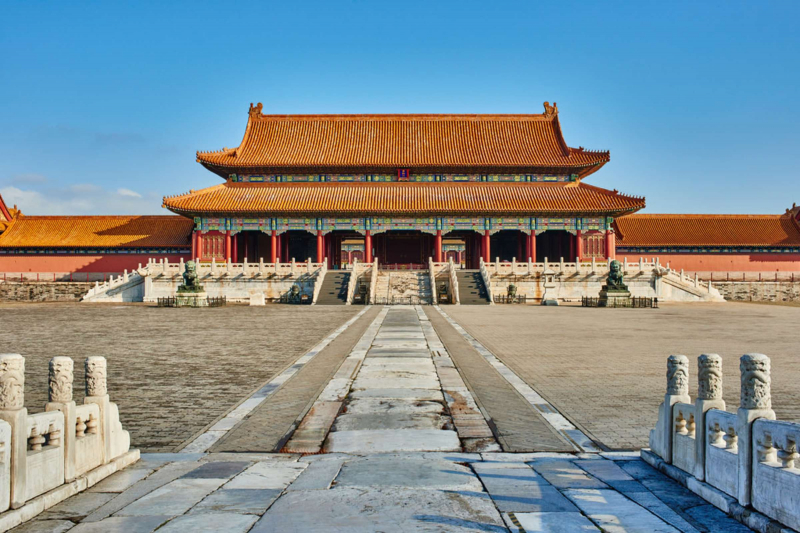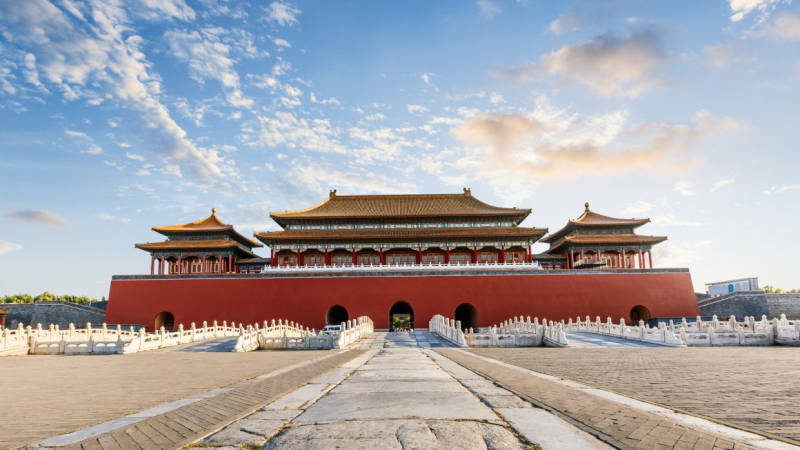The Forbidden City

Forbidden City is an imperial palace complex at the heart of Beijing, China. Commissioned in 1406 by the Yongle emperor of the Ming dynasty, it was first officially occupied by the court in 1420. It is a UNESCO World Heritage site in 1987 and its distinctive architecture and its current role as the Palace Museum of dynastic art and history.
The architecture of the Forbidden City adheres rigidly to the traditional Chinese geomantic practice of feng shui. The most important buildings within the compound, especially those along the central axis, face south to honor the Sun. The facilities and the ceremonial spaces between them are arranged to convey an impression of the great imperial power. This architecture is borne out to the smallest of details.
Highlights include the Meridian Gate, built-in 1420; the Golden River Bridges, a network of five richly decorated white marble bridges; and the Hall of Preserving Harmony, which functioned as the Emperor's banquet hall. Other places include the Palace of Heavenly Purity, the most extensive gallery in the Inner Court, and the Hall of Military Courage, a permanent residence and private audience hall for the emperors. The impressive 35-meter-high Hall of Supreme Harmony is notable as the country's largest surviving wooden building and its splendidly decorated gilded imperial throne.
Located just a short walk away from The Palace Museum stands the historic Imperial College (Guozijian). Founded in 1287 by Kublai Khan and only closed in 1900, this beautiful structure served as the country's national university and often saw the Emperors of the old visits further their education and knowledge.
















